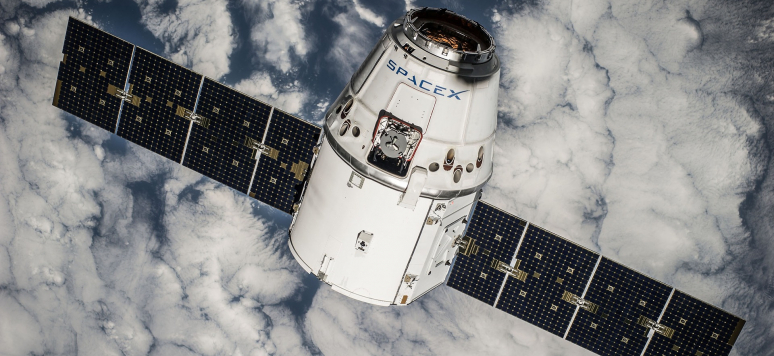Notes de l'Ifri - Revolutionary by Design: The US National Security State and Commercialization in the US Space Sector Notes de l'Ifri, December 2020

The US space sector, comprised of its government organizations and its commercial industry, is leading the revolution in space, often called "new space".
This should come as no surprise. This case study will investigate how and why this is the case. While the US has excellent basic conditions with a strong industrial base, extensive talent and continuous government support, the truly impactful innovation is how National Aeronautics and Space Administration (NASA) – as an extension of the US National Security State (NSS) – handles the commercialization of parts of its traditional space activities. In doing so, it follows an established pattern of US government support for new technologies or industries and their eventual commercialization. The successful commercialization of space activities can be attributed to geopolitical drivers, the NSS as a technological enterprise and US anti-statism. On its most fundamental level, NASA provides the US space industry with a market, investment, technical challenges, its know-how, and learning experiences. This, in turn, enables US space companies to develop both the necessary product or service and the confidence to take the first commercial steps.
